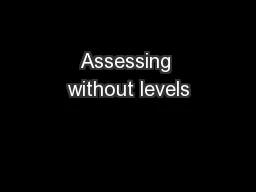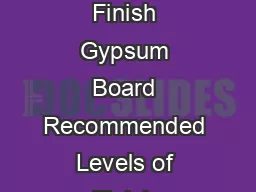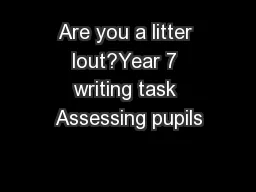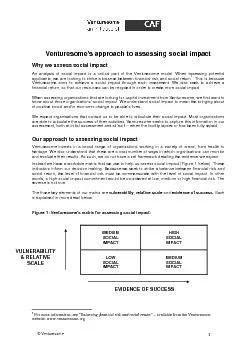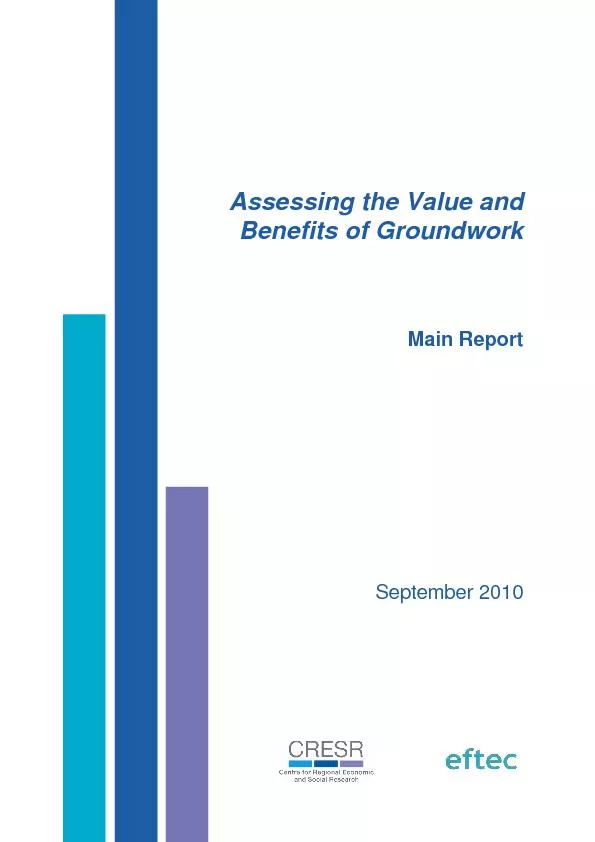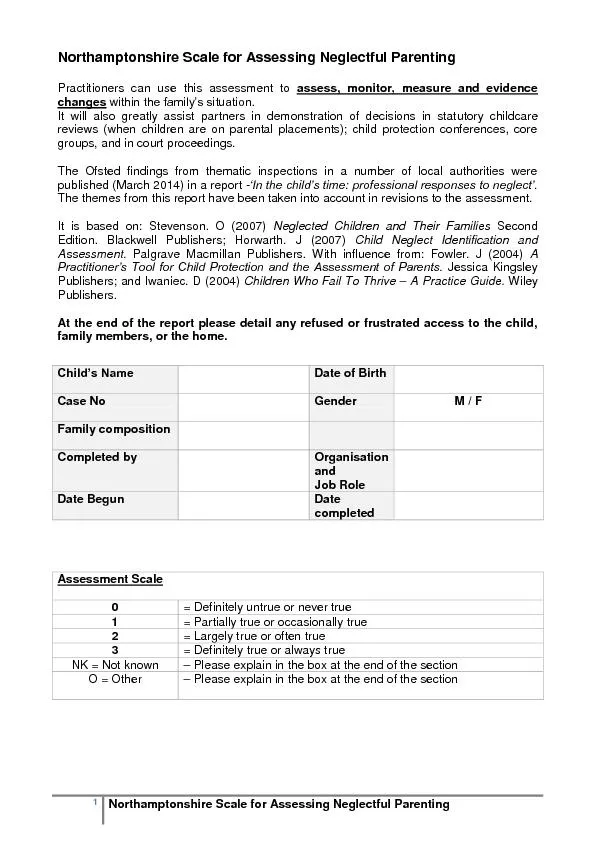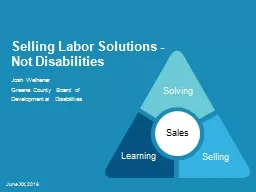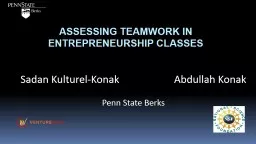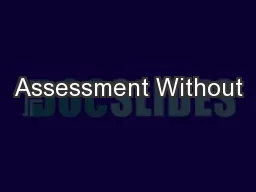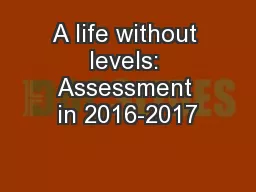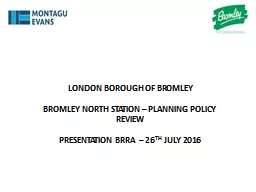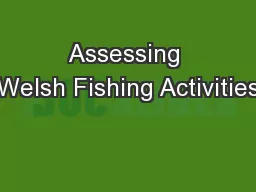PPT-Assessing without levels
Author : trish-goza | Published Date : 2015-09-20
Information for parents January 2015 Aims To begin to make parents aware of changes both in the National Curriculum and reporting To discuss the changes from levels
Presentation Embed Code
Download Presentation
Download Presentation The PPT/PDF document "Assessing without levels" is the property of its rightful owner. Permission is granted to download and print the materials on this website for personal, non-commercial use only, and to display it on your personal computer provided you do not modify the materials and that you retain all copyright notices contained in the materials. By downloading content from our website, you accept the terms of this agreement.
Assessing without levels: Transcript
Download Rules Of Document
"Assessing without levels"The content belongs to its owner. You may download and print it for personal use, without modification, and keep all copyright notices. By downloading, you agree to these terms.
Related Documents

